FBI zeroes in on cold-case murder mystery at Oneida reservation
ONEIDA, NY – Early this month, Debbie Mahoney woke from a nightmare. Her long-lost little sister Tammy, last seen on a tiny Native American reservation in Oneida, NY, in 1981 and believed to have been gang-raped and murdered, came to her in a disturbing dream.
“It’s like she won’t rest until this case is solved,” Mahoney said.
It’s been 42 years since 19-year-old Tammy, a SUNY Morrisville student from Farmingdale, Long Island, was picked up while hitchhiking to a friend’s house. Cops say she was taken to the nearby 32-acre Oneida Nation Territory in what people up here, including the Natives, still call “Indian country.”
Now, her disappearance and presumed murder is one of the hottest cold cases in the country.
The FBI held a news conference in May saying the case was still active and that several new witnesses have come forward. Recently, the State Police’s Major Crimes and Cold Case units joined the investigation.
Police told The Post that they think they’ve known who killed her from the start. At least 13 people were present at a party in a trailer on the Oneida Nation Territory, a small reservation in Oneida which was then a ramshackle, mud-filled stretch of land filled with mobile homes.
Investigators say it was “suggested” to them by these witnesses that Mahoney, who may have known some Oneida Nation members, was gang-raped and killed.
But since the crime allegedly occurred on sovereign Native American land, it’s been difficult to both investigate the case and get witnesses on the record. At the time of her disappearance, local police were not allowed on the Oneida Territory without permission and there had been violence between the residents and law enforcement at times.
“We know who the bad guys are and they know that we know,” said former Oneida Police detective and former Madison County Undersheriff Doug Bailey, 76, who’s been investigating the case for decades. “I hope they still are looking over their shoulder every minute of every day of their life. They’re local, they’re here … I see them in the aisles at Walmart.”
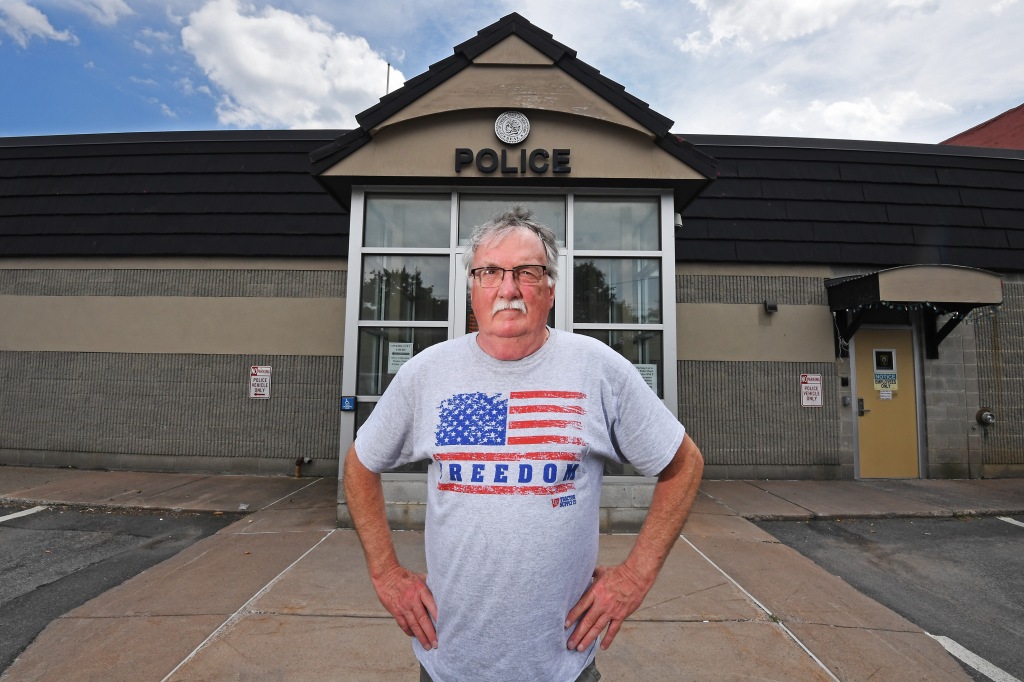
Bailey was so focused on the Mahoney case that he visited Tammy’s mother, Jean, who died in 2020, in Long Island and his mother and Jean became pen pals. Jean also took Bailey and his wife to a gravesite near Farmingdale which is still waiting for Tammy’s remains should they be found.
“It’s so hard that she passed without any closure,” Bailey told The Post. “But I’ll tell you there are people around here who should be scared to death right now. There are also people who’ve been carrying around a very dark secret for decades and they should unburden themselves.”
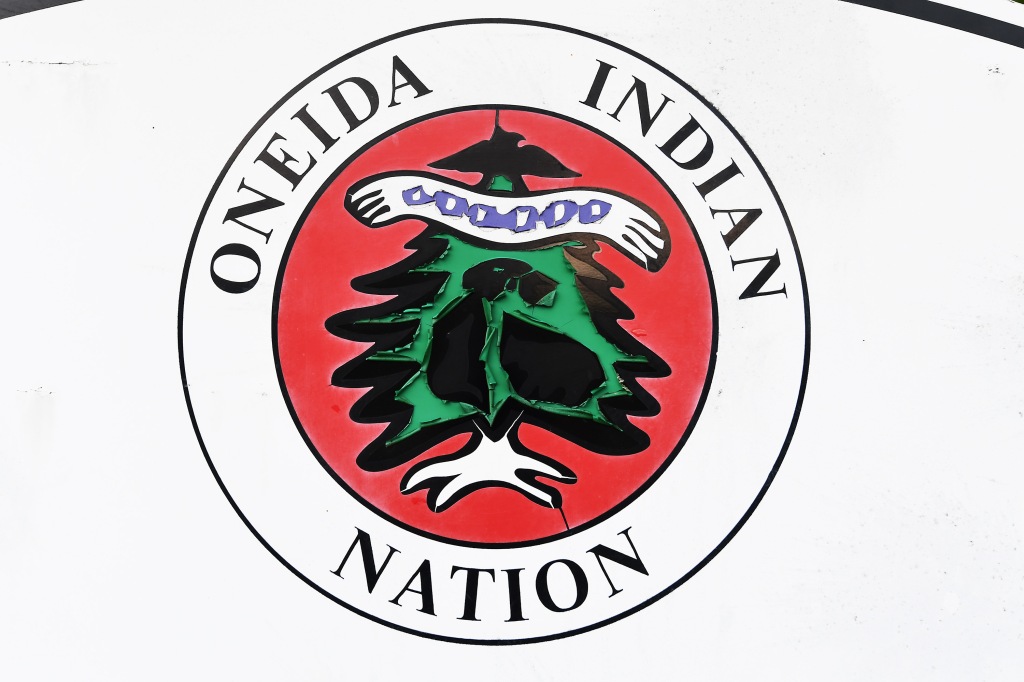
The timeline in Tammy’s case is astonishing for the number of stops and starts, clues and dozens of so far-fruitless digs in the area that have taken place since she was last seen on May 8, 1981. Bailey said he and his team investigated more than 900 leads over the years.
One primary person of interest has died and another killed himself, according to Post interviews with multiple sources.The Post was unable to contact two other men who are reportedly persons of interest and still living in the area.

Mahoney had been studying animal husbandry at SUNY Morrisville but dropped out her sophomore year. She had been working as a groomer at a local horse stable and seeing a local man, Karl Lockwood, who was questioned early on but quickly cleared as a suspect.
FBI agents reportedly made visits to residents of the Onondaga reservation, a bigger Native American territory 40 miles from the Oneida Nation Territory, as recently as last week in their latest efforts to persuade more witnesses to Mahoney’s disappearance to come forward.
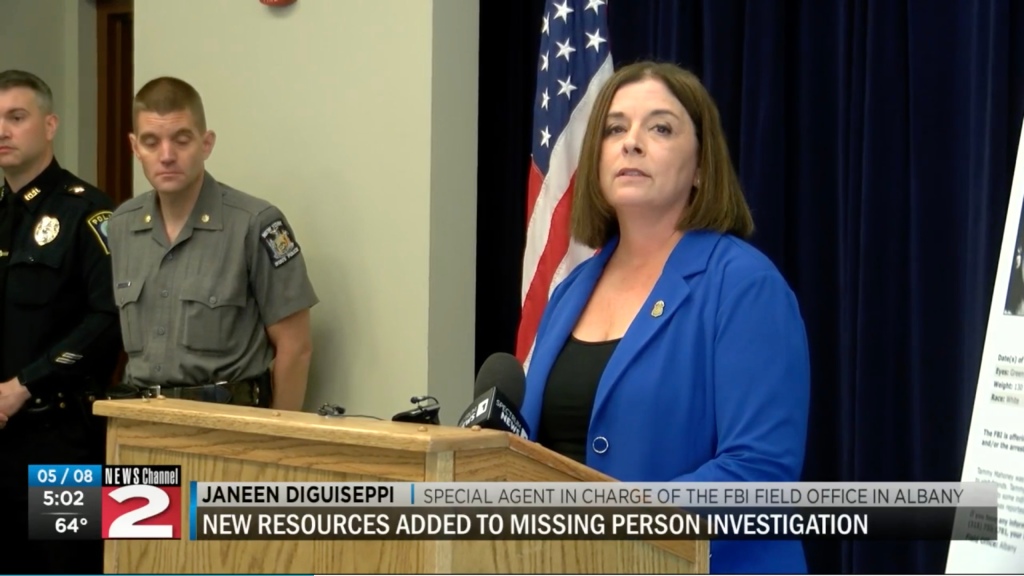
Numerous members of the Oneida Nation told The Post that they believe Mahoney was taken to the party on the Oneida Territory, transported to the Onondaga reservation, and then brought back to the Oneida land where she was killed.
“This crime is a tricky one but we have a lot of confidence that it will be solved,” Sarah Ruane, 40, of the FBI’s Albany office told The Post. “We have a mix of old and new information and we think we can bring this case to the finish line. The goal is a successful prosecution of the perpetrators and finally being able to lay Tammy to rest.”

Complicating the investigation is the shadow cast here by the historical trauma suffered by the original Oneida Indian Nation, one of the Five Nations of the Iroquois Confederacy, who came to the aid of Americans against the British in the Revolutionary War but later lost about 3.5 million acres of their land here in illegal state land grabs and sales.
Local Oneida members told The Post there are only 500 adult Oneida left in the area. The majority of the original Oneida left for Wisconsin and Canada in the early 1800s when they began losing their land in New York.
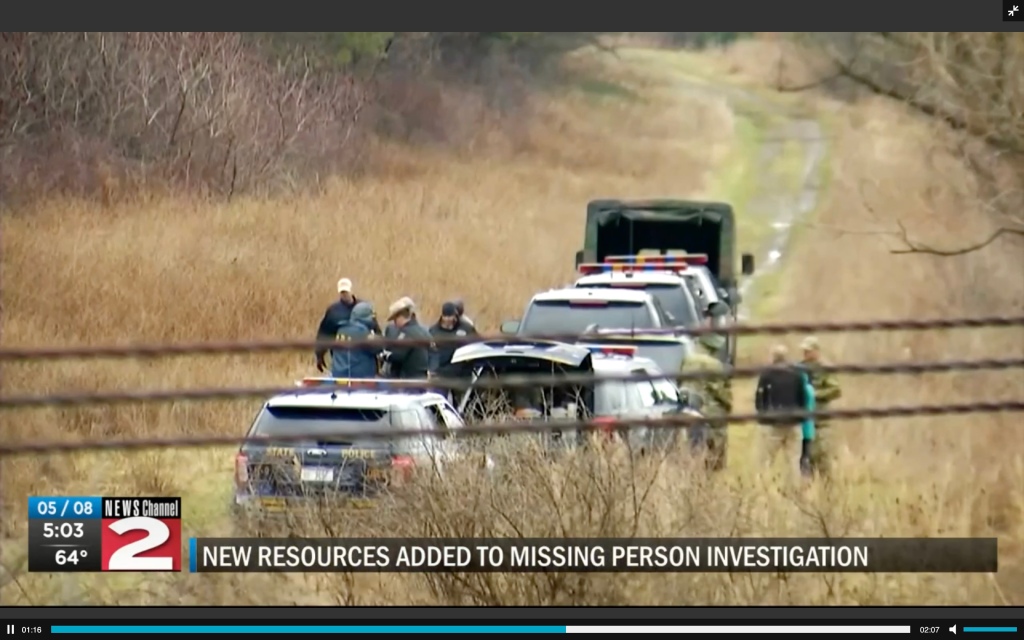
But one man, Ray Halbritter, who is one-quarter Oneida, who has almost singlehandedly revived the Oneida fortunes in the area — though not without some controversy.
The 72-year-old’s name came up repeatedly when The Post visited the area to ask locals about Mahoney’s disappearance. He’s not considered a suspect in the case but a number of local Oneida, and some non-Oneida residents, all said his power and influence have contributed to the reluctance of those who allegedly witnessed Mahoney’s last hours to give testimony to law enforcement.
Halbritter was born and raised about 165 miles away, moved to the Oneida Territory in his early 20s and began selling cigarettes out of a shack, and later opened a small bingo hall.
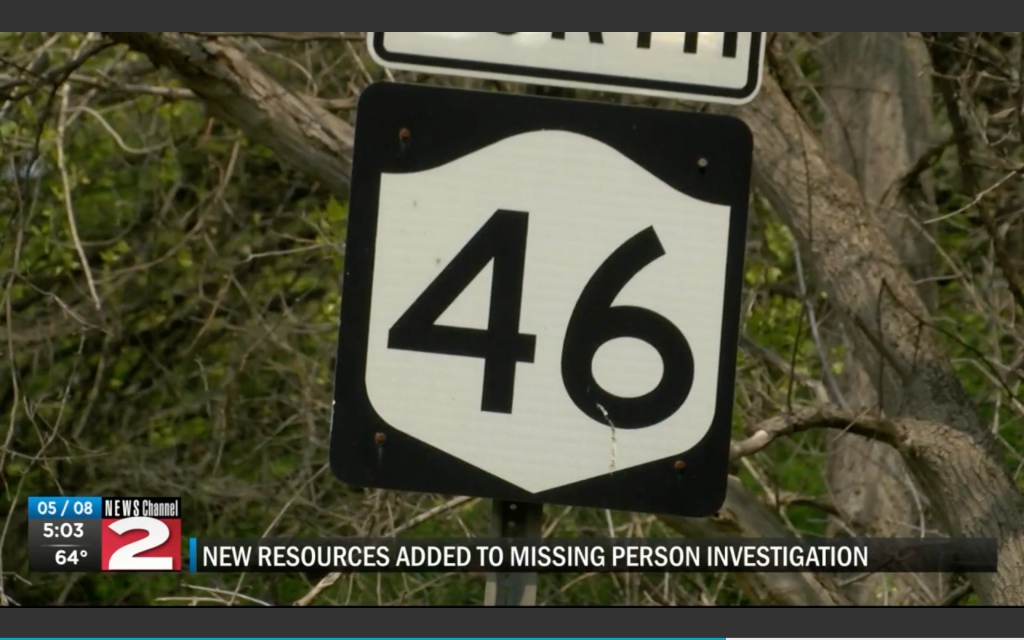
On paper, Halbritter looks like a Native American hero: He’s managed so far to buy back at least 25,000 acres of what was ancestral land and had it put in a federal trust.
Halbritter’s meteoric entrepreneurial and political rise — he was named a spokesman for the Oneida Indian Nation in 1975 — was just getting underway at the time of Tammy’s disappearance.
A source close to the Mahoney investigation said Halbritter was interviewed in connection with the case but was not considered a suspect.
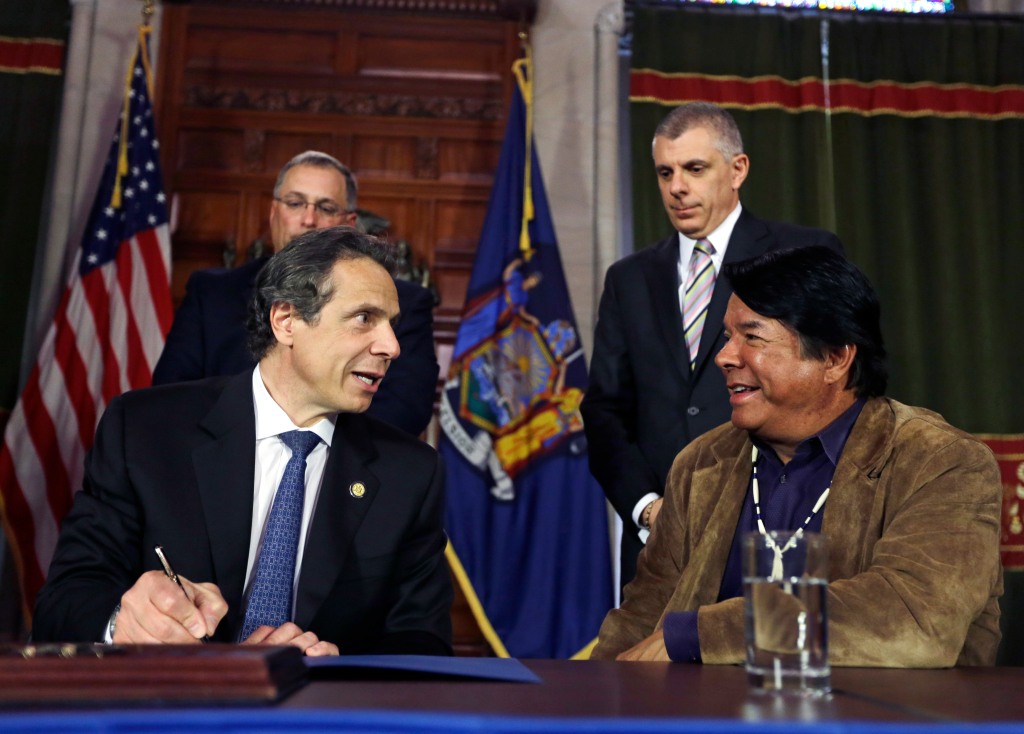
Today, Halbritter is the CEO of Oneida Nation Enterprises and the multi-millionaire owner of the Turning Stone Resort Casino a few miles from where he first sold cigarettes on the Oneida Territory. He also owns many local gas stations and Sav-On drugstores.
Halbritter is now one of the most powerful men in central New York — thanks in part to land and gambling deals made first with Gov. Mario Cuomo and then his son, Gov. Andrew Cuomo.
Halbritter, who successfully campaigned for the Washington Redskins NFL football team to change its name, is also controversial — especially among two warring factions of the local Oneida.

Though some local Natives admire him and call him “the boss” or the “go-to guy,” others complain that he’s dictatorial and doesn’t share his fortune. Some Oneida did not want the tribe to go into gambling.
The Post visited both the Oneida and Onondaga reservations this month and spoke to a number of Oneida Nation and Onondaga members about the case. The Oneida said they receive a yearly stipend of $16,000 from the Oneida Nation, which Halbritter controls.
“It’s a small reservation, literally a one-road community,” Sonny Manos, who grew up on the Oneida Territory, told The Post. He added that many residents feel reluctance about whether to “open their mouth.”
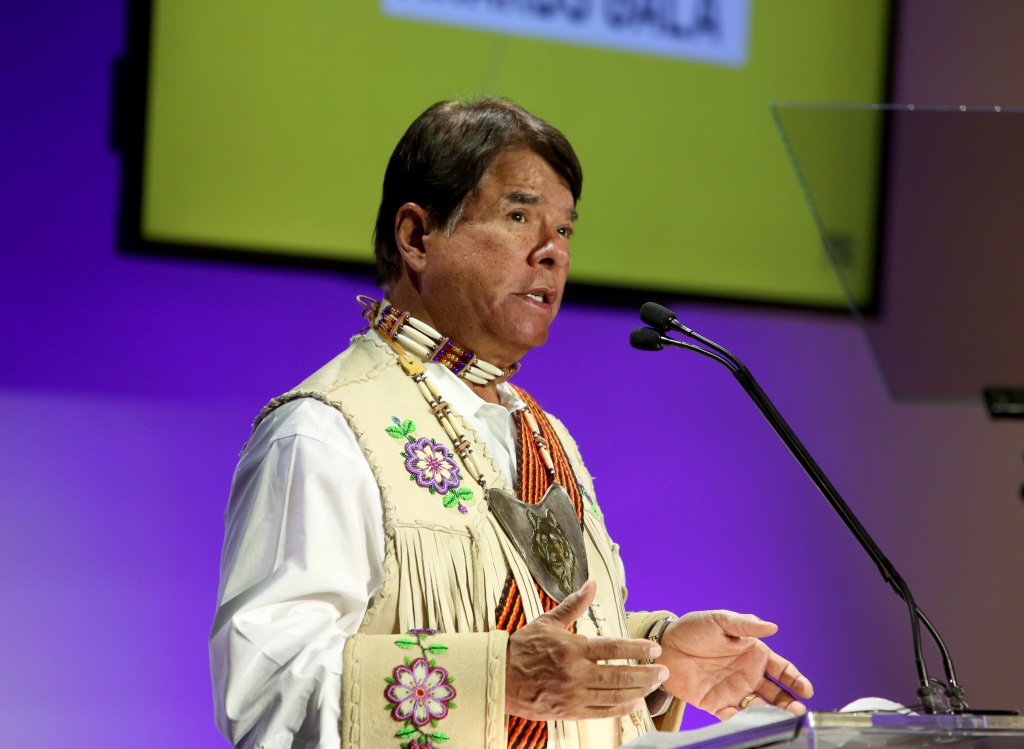
Halbritter declined to comment when reached by phone and referred questions to his spokesman, Joel Barkin, a former strategist for US Sen. Bernie Sanders as well as for the American Israel Public Affairs Committee (AIPAC.)
When asked about Mahoney’s disappearance. Barkin said that Halbritter’s own police force, the Oneida Indian Nation Police Department (which is comprised of almost all Caucasian officers), has worked closely with local police and the FBI on the case and, in 2019, offered a $20,000 match to a $20,000 reward offered by the FBI for information that solves the case.
“The Oneida Indian Nation is hopeful that our collective efforts will help solve the case and bring closure for the Mahoney family and our community,” Barkin said in an email.
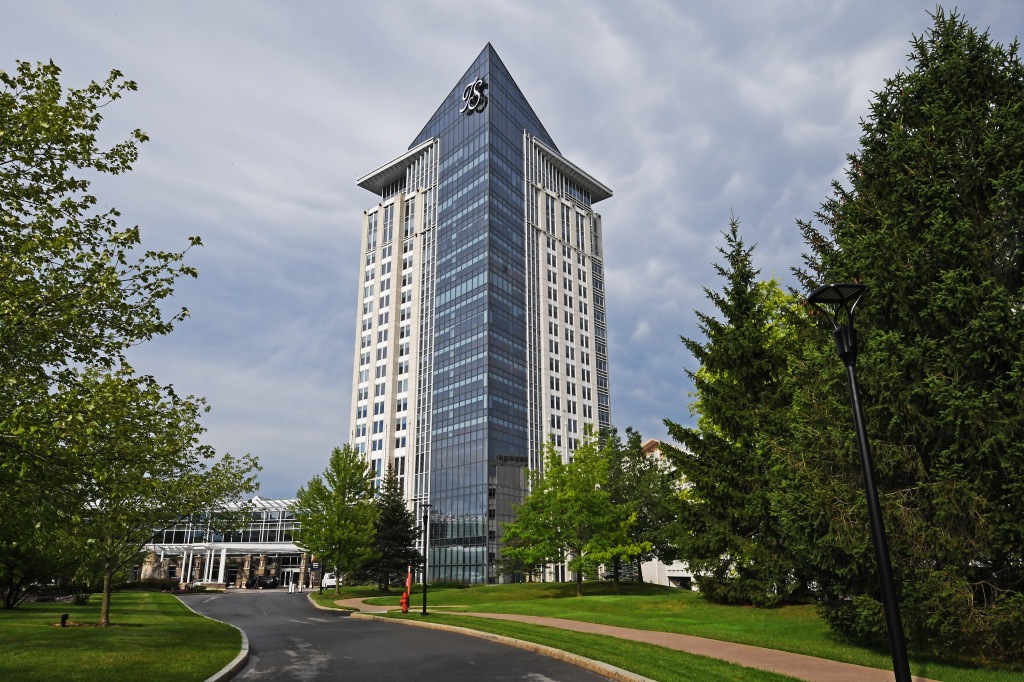
Halbritter’s adversaries are many and include Congresswoman Claudia Tenney (R-New Hartford), who has accused Halbritter of corruption and for misrepresenting his heritage, even once calling him “Spray Tan Ray.”
Barkin told The Post that questioning Halbritter’s heritage is “false and offensive” and said that he has “generated hundreds of millions of dollars for the state and local counties, in consideration for, among other things, the state’s recognition of Oneida’s sovereign right to pursue responsible land use and economic development initiatives without interference.”
Tenney helped one of Halbritter’s chief nemeses, the full-blooded Oneida Indian Melvin L. “Smokey” Phillips, pro bono in an 18-year fight against Halbritter. Phillips, who died last month at age 85, was embroiled in complex, still-ongoing lawsuits involving land in Oneida that he and his ancestors claim to have held for more than 200 years and preserved in an 1842 treaty that was codified into state law.

Tenney told The Post that Halbritter was trying to take Phillips’ land; Joel Barkin said in response that Phillips was trying to sell his land to non-Indians.
Doug George-Kaentiio, a Akwesasne Mohawk who lives right near the Oneida Territory, was married to the most famous Oneida in recent years, Grammy Award-winning Native American singer Joanne Shenandoah who died in 2021 at age 64 and was Halbritter’s cousin. She grew up on the Oneida territory and her mother was a clan matriarch.
George-Kaentiio, an author and journalist, gave a detailed account of what he said happened to Mahoney but The Post was unable to verify it.

“It’s a terrible and sad story what happened to that girl and it haunts this community to this day,” he said. “[Police] keep collecting testimonials and say they’re close to making an arrest but never do.”
George-Kaentiio told The Post that he and his wife and her family fought Halbritter for years because they did not want the Oneida going into gaming.
George-Kaentiio said that Halbritter and his ally, the late US Rep. Sherwood Boehlert, made deals that went as far up as the Clinton administration. The deals resulted in Halbritter being named the formal leader of the Oneida in 1993 by then-President Bill Clinton. That same year Halbritter signed a gambling compact with then-Gov. Mario Cuomo and gambling was introduced in New York State.

“My wife suffered because she didn’t go along with Halbritter,” George-Kaentiio said. “Some of her relatives moved away because of him. It’s very frustrating.”
In 2017, Mahoney’s high school classmate and good friend Theresa Humphrey co-founded the Facebook group Justice for Tammy Mahoney, which has more than 7,000 members and tries to keep the heat on cops and the FBI to keep on her case.
“I’d like to see the men who did this put in shackles and arrested,” Humphrey, also 61, told The Post. “Then I want to coordinate a memorial for Tammy down here in Farmingdale.”
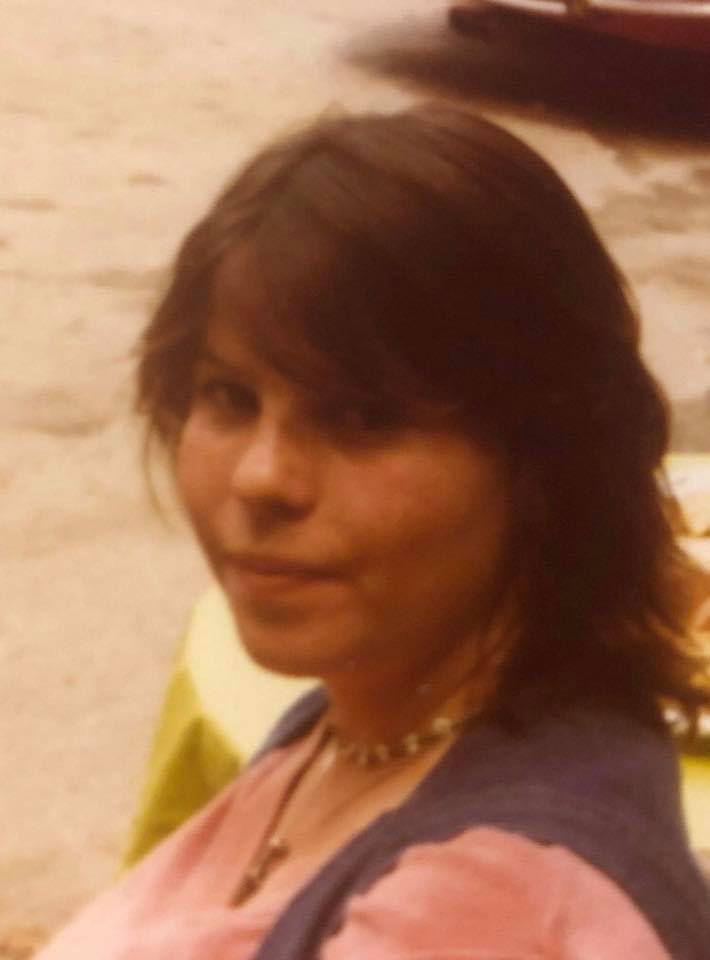
Humphrey said she met Tammy when the two were about 7 or 8 and they went through elementary and high school together.
“I lived two blocks away from her,” Humphrey said. “We grew up together. We had a real camaraderie. We always used to go to Jones Beach as teenagers. The last time I saw her we were at Jones Beach. I begged her not to go upstate. I wanted her to stay here.”
Marlene Mahoney Laccesaglia, Tammy’s younger sister, spoke at the FBI’s May press conference.
“I was in tenth grade at the time,” Laccesaglia said. “It was a terrible experience … the uncertainty and not knowing what happened initially …When my mother was alive, she would say a prayer for Tammy every night.”
Laccesaglia hopes people who know what happened to her sister will come forward.
Anyone with information concerning this case is asked to contact the FBI’s Albany Office at 315-731-1781 or their local FBI office.
Read the full article Here


